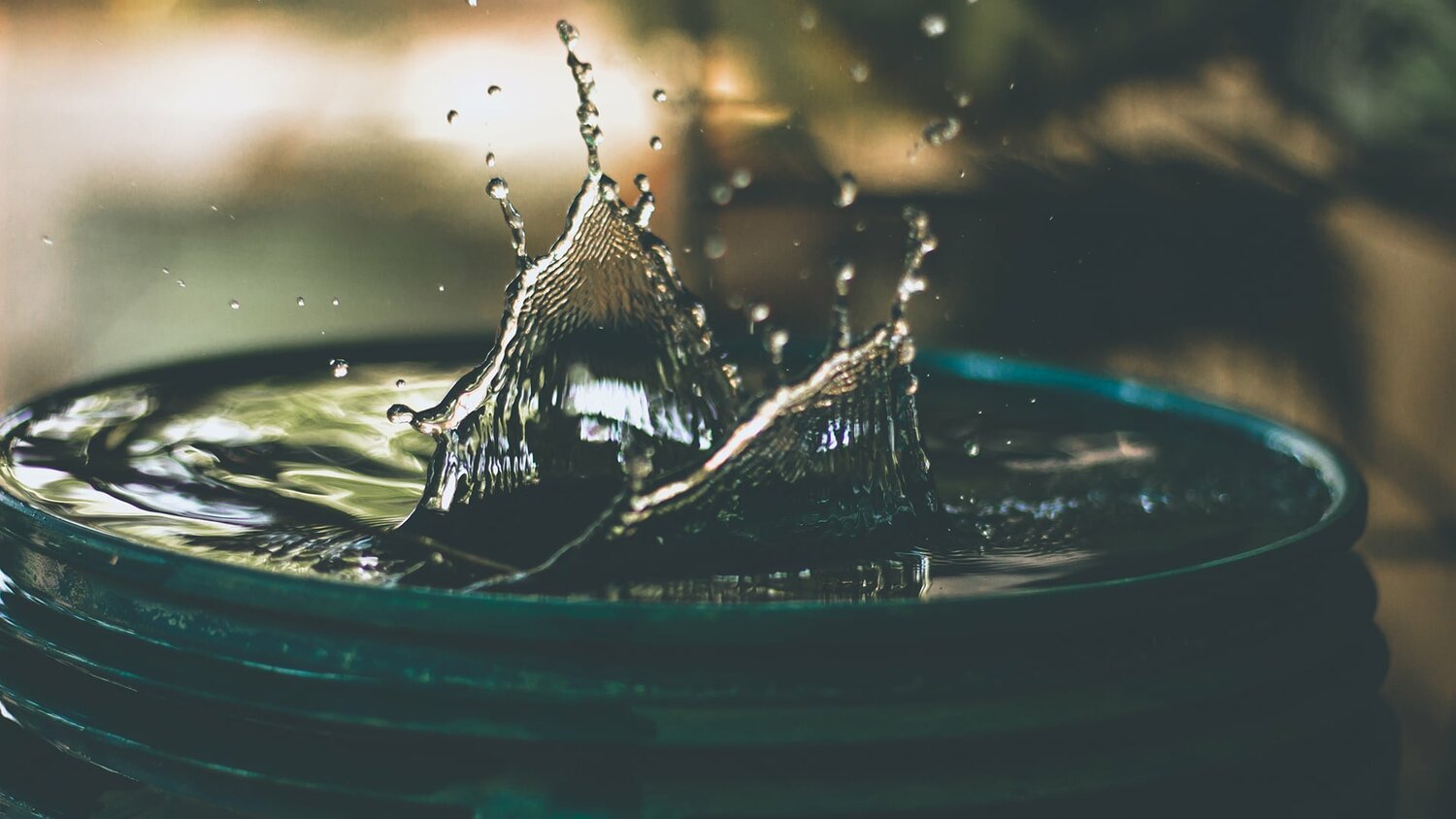
Cruise down Highway 1 through the little beach town of Laguna Beach in California and you’ll be charmed by the quaint shops, the sea breezes, the soothing sound of waves. This is where people come to relax, watch sunsets, read lazy books and let the stress of the modern world be carried away on riptides.
But don’t be fooled. Not every patron of the town is a mop-headed beach bum waking up after the morning haze has burned off to take an afternoon stroll. Just up the hill from the beach is the high school, where students will meet before traveling to neighboring San Clemente High on a Saturday for a 2-mile walk to raise money to build a well in a Kenyan village.
Most Kenyans live where clean water is hard to access. The climate switches from extreme rain to extreme heat, making water resources challenging to manage. Dams provide some help for agriculture, but the flat and porous terrain quickly soaks up water before it can be stored and distributed.
The good news is all that water that falls in the rainy season is stored far underground, sometimes as deep as 900 feet. But bringing it to the surface can be a challenge. Sometimes, it requires heavy-duty equipment. Shallower wells are less costly but still require manpower and technology to work. A single well can supply water to an entire village, and this can be life-changing. Waterborne illnesses are the No. 1 killer of children in Kenya due to dysentery. And having to walk 6 to 8 miles to get water takes time away from school. A well can make a difference in so many ways.
Weeks before the first annual Healing Hands for Water Walk Fundraiser event in 2012, students walked the beach town and solicited donations from businesses. They covered a lot more distance than the 2 miles they would cover during the event as student organizers Branner Grimsley, Klara Gundelach and Solveig Erngren pounded the boardwalk. But “making a difference by helping these people’s lives in Africa” was worth it, Grimsley said. The communities on both sides of the world would agree, as Walking for Water celebrated its 20th anniversary this year.
Standing on the boardwalk, with the hum of tourist traffic behind at this idyllic spot, looking out over the sand to the horizon and beyond, you can see a lifeline reaching from a few dedicated kids to a similar swarm of kids in an African village. The connection was hard to imagine at first but now seems so real. Students on both sides of the world walk under the same sun. On other days, they would have different places to go, but today, they walk for the same reason: to share the bond of being one human family.
In another Kenyan village, a well has just been completed. As the villagers excitedly seesaw the hand pump, the anticipation builds. Within minutes, a trickle of clean water flows, then a gush. It is a miracle in such a dry village. Barrels are filled, children splash, and tears of joy flow as easily as the well water.
Dig Deep... PassItOn.com®